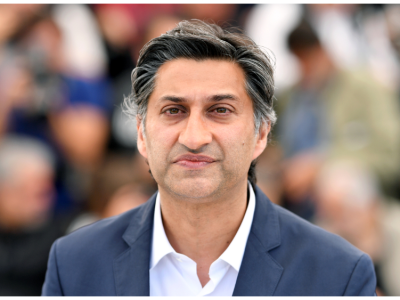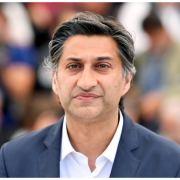
Asif Kapadia has consistently challenged the boundaries of documentary cinema by constructing narratives that are as emotionally precise as they are structurally unconventional. His signature lies in using existing footage—personal recordings, archival media, and public broadcasts—as raw material for emotional excavation. His editing suites function less like production spaces and more like investigative chambers, where meaning is assembled from fragments and patterns rather than prescribed scripts.
Kapadia’s foundational approach emerged during the production of Senna, when, faced with legal and contractual delays, he immersed himself in watching YouTube clips and archived racing footage. For nine months, he studied Ayrton Senna’s face, gestures, and silences, learning to read the subtleties of expression in a way that would later define his documentary language. This period shaped a core principle of Kapadia’s work: truth can be found not just in what people say, but in how they are seen.
His work on Amy expanded this vision. By embedding lyrics as dynamic text on screen during Winehouse’s performances, Kapadia drew out autobiographical meaning from her music. These typographic sequences revealed the inner life of a singer often misunderstood by the public. They were timed not only to rhythm and melody, but to emotion, shifting the viewer’s role from passive observer to active interpreter. This attention to rhythm extended beyond music—it became the heartbeat of his editing process.
Kapadia’s editorial team, led by Chris King, plays a pivotal role in shaping this rhythm. They approach each project with the sensitivity of narrative filmmakers, using sound, silence, and repetition to deepen emotional resonance. In Diego Maradona, they highlighted cycles of fame, isolation, and redemption without ever relying on voice-over explanation. Maradona’s rise and fall were communicated through a layered tapestry of scenes, allowing contradiction and ambiguity to coexist.
A striking feature of Kapadia’s process is his commitment to building trust with his subjects and their circles. For Amy, he refused to ask for releases in advance, choosing instead to build relationships slowly. His interviews took place in dark rooms, often in the middle of the night, with no cameras and only a microphone between him and the speaker. This choice removed performance from the equation, allowing for more honest, unfiltered accounts. The resulting audio became a quiet, but powerful narrative layer in the final film.
Kapadia’s instinct for visual coherence is matched by his attention to thematic clarity. Whether exploring the obsessive fan culture surrounding Maradona or the isolation of fame in Winehouse’s life, his documentaries avoid moralizing. Instead, they map how public systems—media, sports, entertainment—converge to both elevate and consume their subjects. His work resists the notion of the lone genius, instead situating individual stories within larger ecosystems of influence, expectation, and failure.
His projects also reflect an evolving relationship with technology. In later works, including 2073, he has embraced LED stages and dual editorial teams to fuse dramatic fiction with archival realism. These methods, while technically advanced, always serve the emotional clarity of the story. The technology is invisible to the viewer because it is never allowed to overshadow the material. It becomes a means of connection, not spectacle.
What distinguishes Asif Kapadia’s authorship is his ability to retain empathy amid editorial control. He shapes each frame, each sequence, with deliberate intent, but never imposes artificial resolution. His narratives are open-ended, reflective of life’s unfinished quality. They are constructed with care, allowing space for doubt, complexity, and contradiction.
In redefining the architecture of documentary form, Asif Kapadia has also redefined its emotional possibilities. His films do not simply document lives—they reconstruct them with dignity and depth. By trusting the archive and treating storytelling as both investigation and reflection, he continues to set a standard for what documentary cinema can achieve.











